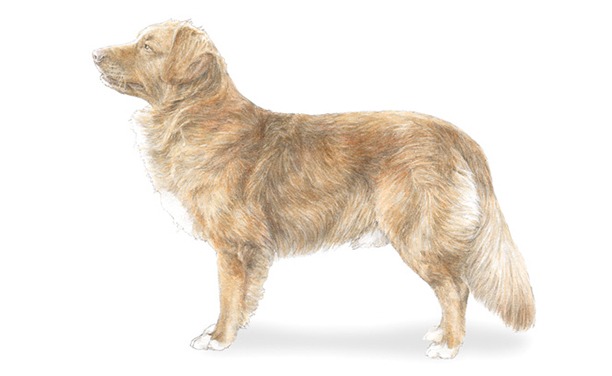

This spunky retriever comes was developed in its namesake Nova Scotia in the early 19th century to toll, lure, and retrieve waterfowl. Its playful antics aroused the curiosity of offshore ducks who would venture within gunshot range. Dead and wounded birds were then retrieved for the hunters waiting on shore. The Nova Scotia Duck Tolling Retriever is believed to be descended from the red decoy dog brought over by early settlers from Europe. Ensuing crosses between local dogs including setters, retrievers, and collies resulted in the modern day Toller, originally known as the Little River Duck Dog. They are an active, intelligent breed that does best with an active family that includes their dog in daily activities and provides plenty of affection, exercise and, entertainment. Their coat is kept in its natural state and needs little more than occasional bathing and brushing.
Each AKC approved purebred breed has its own national club. The mission of these “parent breed clubs” is to improve and preserve a particular breed by advancing knowledge about its history, its health and care requirements and by assuring that the breed’s form and function remain true to its historical physical type and character: A Dalmatian, for instance, should be athletic and have a natural affinity for working with horses. A Fox Terrier should have the right body size and shape, and a drive to go after vermin.
Pet owners, breeders, trainers, veterinarians, and others with a special love for a breed, join the parent breed club to meet like-minded enthusiasts and to support the club’s mission.
The national parent breed club is the first place for the public to go to learn about a breed or find a knowledgeable, experienced breeder.
 Discover Animals is a web-based educational resource offered by the NAIA
Discover Animals is a web-based educational resource offered by the NAIA